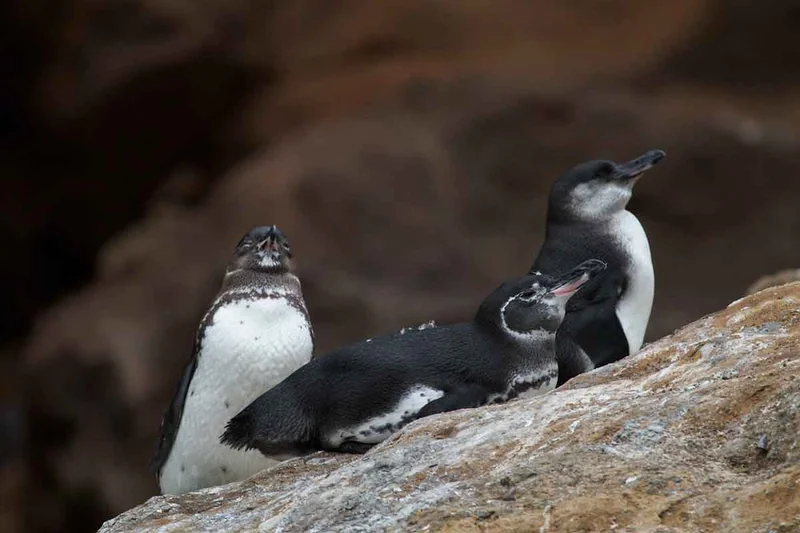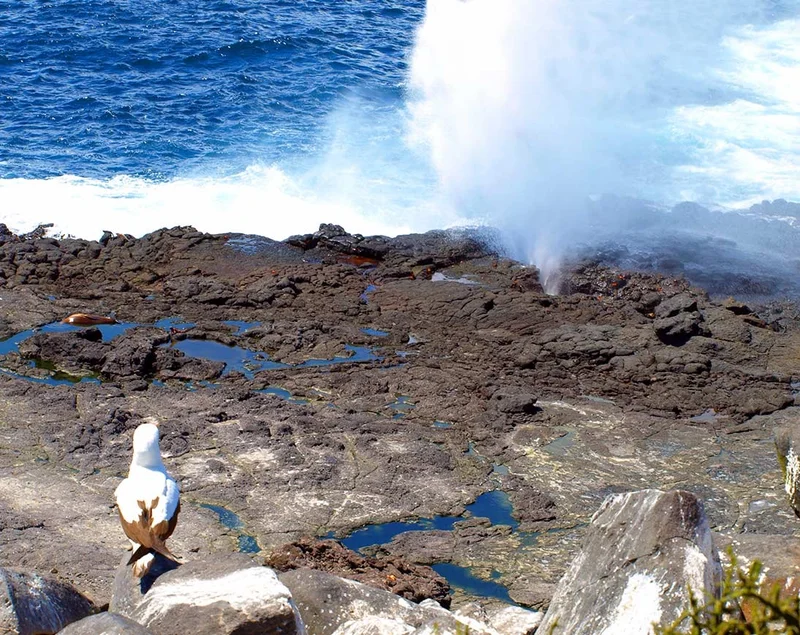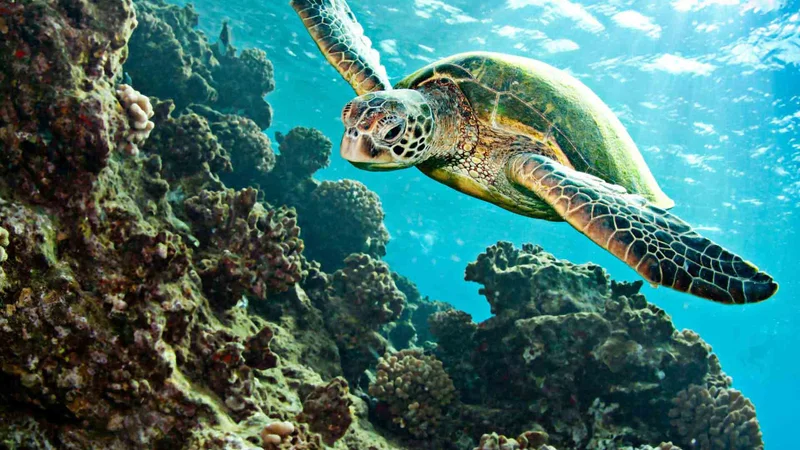
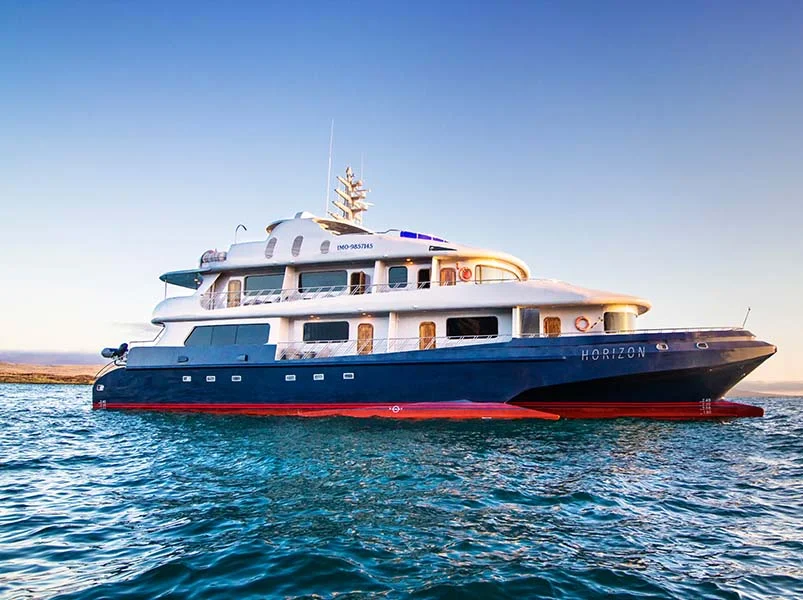
8 Day Galapagos Itinerary
Day 1: Baltra Island & Santiago Island: Sullivan Bay
Welcome to the Galapagos Islands aboard the M/T Horizon. The guide and crew will greet you and show you to your accommodations upon your arrival. Afterwards, the guide and cruise manager will hold a short briefing on all safety and emergency protocols, different areas of the vessel and the normal routine of the itinerary.
Santiago Island: Sullivan Bay
Southeast of Santiago Island, Sullivan Bay shows off an interesting lava field with a geologically young flow from 1897. Because the rocks are black and formed of lava, it can get quite hot. Appropriate footwear is required for this visit in order to protect your feet.
Day 2: Isabela Island: Punta Vicente Roca & Fernandina island: Punta Espinoza
Isabela Island: Vicente Roca Point
Isabela Island is the largest of all the Galapagos islands. It is most famously known as the island shaped as a seahorse. While in the panga, keep an eye out for the magnificent mola-mola sunfish!
- Activities: Snorkeling and panga ride
- Difficulty: Easy/Moderate
- Landing: No Landing
- Possible Wildlife: Sea lions, blue-footed boobies, various shorebirds, mola-mola sunfish, sea turtles, Galapagos penguins, nazca boobies, sally lightfoot crabs.
- What to Bring: Dry bag for camera or any electronics brought onto the panga.
Fernandina Island: Espinosa Point
Between the Bolivar Channel dividing Isabela and Fernandina Islands lies Espinosa Point. The highlight of this visit is the nesting colony of the Flightless Cormorant, which over time lost its ability to fly due to evolutions distinct changes, helping it swim better and faster. Also seen at this site is the incredible remnants of solid magma, but watch your step for the many marine iguanas known to crowd the area.
- Activities: Hike
- Difficulty: Moderate
- Landing: Dry but may be slippery at low tide
- Possible Wildlife: Sea lions, various shorebirds, sally lightfoot crabs, flightless cormorant, Galapagos penguins, fur seals and marine iguanas.
- What to Bring: Walking sticks and sturdy footwear.
Day 3: Isabela Island: Tagus Cove & Urbina Bay
Tagus Cove
If you like historic remnants, then you will enjoy finding what was left behind from pirates and sailors in the 1800s. This site was one of their preferred pit stops while traveling the seas. The hike here will provide incredible views of the cove and on the other side the mangrove forest where the last 35 pairs of Mangrove finches thrive.
- Activities: Hike, snorkeling and panga ride
- Difficulty: Moderate to Difficult
- Landing: Dry landing
- Possible Wildlife: Sea lions, various shorebirds, flightless cormorant, Galapagos penguins, marine iguanas, sally lightfoot crabs, mangrove finches.
- What to Bring: Walking sticks and sturdy footwear for the hike, camera is a must!
Urbina Bay
Millions of years ago, Urbina Bay was once laying on the ocean floor. Volcanic uplifts caused it to rise and now it is occupied by sea lions, land iguanas and flightless cormorants. It is a great place to enjoy some free time on the beach or the guide may suggest a hike.
- Activities: Hike, snorkeling and panga ride
- Difficulty: Moderate to Difficult
- Landing: Wet landing
- Possible Wildlife: Sea lions, various shorebirds, flightless cormorant, marine iguanas, sea turtles, land iguanas, Galapagos Hawk, sally lightfoot crabs, Galapagos tortoise.
Day 4: Isabela Island: Elizabeth bay & Moreno point
Elizabeth Bay
On the eastern coast of Isabela Island is Elizabeth Bay with many islets. These parts are visited by panga and on the rocky shores Galapagos penguins can be seen. There is a large abundance of marine life that can be seen in the clear waters.
- Activities: Panga ride
- Difficulty: Easy
- Landing: No Landing
- Possible Wildlife: Sea lions, frigate birds, sea turtles, various shorebirds, flightless cormorant, marine iguanas, pelicans, sally lightfoot crabs, tropical fish and marine life such as galapagos sharks.
Moreno Point
The beautiful rocky shores of Moreno Point offers a plethora of birds to be seen. It is truly a birders delight. The main attraction are the coast lagoons where white tipped sharks can be seen and the panoramic views of Sierra Negra and Cerro Azul volcanoes cannot be missed.
- Activities: Hike, snorkeling and panga ride
- Difficulty: Moderate
- Landing: Wet landing
- Possible Wildlife: Sea lions, great blue herons, various shorebirds, flightless cormorant, marine iguanas, sally lightfoot crabs, sea turtles, land iguanas, Galapagos Hawk, Galapagos tortoise.
Day 5: Santa Cruz Island: Charles Darwin Station & Highlands
Charles Darwin Station
The Charles Darwin Research Station is one of the Galapagos Island’s most important sites for visitors. It is a research facility that has an extensive collection of Galapagos plant life specimens carefully preserved and also acts as a biological research station and active breeding center operated by the Charles Darwin Foundation.
- Activities: Visit to the research station
- Difficulty: Moderate to Difficult
- Landing: Dry landing
- Possible Wildlife: Galapagos tortoises in captivation and various stages of tortoises.
Highlands
The highlands are located in the northern part of Santa Cruz and can reach elevations up to 1500 meters. This area is rich with hills, ferns, volcanoes and wildlife. A great contrast to the molten lava hardened beaches and rocky areas of other islands already seen. It is home to giant tortoises, mockingbirds, finches and many other species.
- Activities: Hike
- Difficulty: Moderate
- Landing: Dry landing
- Possible Wildlife: Galapagos tortoises, finches, mockingbirds, lava lizards, pintail ducks, other shorebirds.
Day 6: Santa Fe island & South Plaza island
Santa Fe Island
Santa Fe is home to the endemic Santa Fe iguana. The island was created by a volcanic uplift that now hosts a forest of Opuntia and Palo Santo trees. It is a picturesque island with two different trails, one leading to a scenic viewpoint and the other leading to a small beach.
- Activities: Hike
- Difficulty: Moderate
- Landing: Dry landing
- Possible Wildlife: Santa Fe land iguanas, frigatebirds, sally lightfoot crabs, sea lions, finches, various shorebirds.
- What to Bring: Sturdy footwear for hiking and walking sticks.
South Plaza Island
This small island with steep cliffs was formed by rising lava. It is home to one of the largest sea lion colonies, as well as colorful land iguanas. The most characteristic plant on the island is the Sesuvium that turns bright red during the dry season, creating a contrast on the island. The amazing colors of the turquoise waters against the black lava create a setting for amazing photography opportunities.
- Activities: Hike
- Difficulty: Moderate
- Landing: Dry landing
- Possible Wildlife: frigatebirds, sally lightfoot crabs, sea lions, land iguanas, swallow-tailed gulls, various shorebirds and seabirds.
- What to Bring: Sturdy footwear for hiking and walking sticks.
Day 7: Floreana island: Devil’s Crown, Cormorant Point & Post Office Bay
Post Office Bay
Ask the Cruise Manager for one of our complimentary postcards to write a message and address it home. Leave it in the barrel used before by pirates and sailors. While your there, see if there are any other postcards you can take home with you to send for fellow travelers who have already left their messages!
- Activities: Post office barrel and leave a postcard, relaxing on the beach, swimming or snorkeling
- Difficulty: Easy/Moderate
- Landing: Wet landing
- Possible Wildlife: frigatebirds, sea lions, sea turtles, various shorebirds and seabirds, marine life.
- What to Bring: Bring your swimsuit and don’t forget your postcards.
Devil’s Crown & Cormorant Point
Just off of Floreana Island is a fantastic snorkeling site known as Devil’s Crown. Various tropical fish species can be seen, even galapagos sharks or white-tipped sharks. Sea lions can be seen hunting for fish or playing through schools of hundreds of fish in circles, it is really quite the site to see. Cormorant point on Floreana Island is a great place to see one of the places where flamingos live in salt water lagoons. Walking along the trail after the lagoon leads to a hidden beach great for walking in the soft sand. Watch your feet if wading in the water, stingrays love to hang out here as well.
- Activities: Snorkeling and hiking
- Difficulty: Snorkeling – Moderate to difficult / Hike – easy
- Landing: Wet landing
- Possible Wildlife: frigatebirds, sea lions, sea turtles, galapagos sharks, white-tipped sharks, tropical fish, various shorebirds and seabirds, marine life.
- What to Bring: If you have an underwater camera, Devil’s Crown is one of the best places to bring it while snorkeling.
Day 8: San Cristobal island: Interpretation Center & Galapaguera
At the interpretation center you’ll find many different exhibits on information about the natural and geological history of the Galapagos Islands. It first opened in 1998 to help enforce the efforts of wildlife protection and the natural environment through means of population and tourist control.
- Activities: Interactive Exhibits
- Difficulty: Easy landing
- Landing: Dry
Transfer to Airport
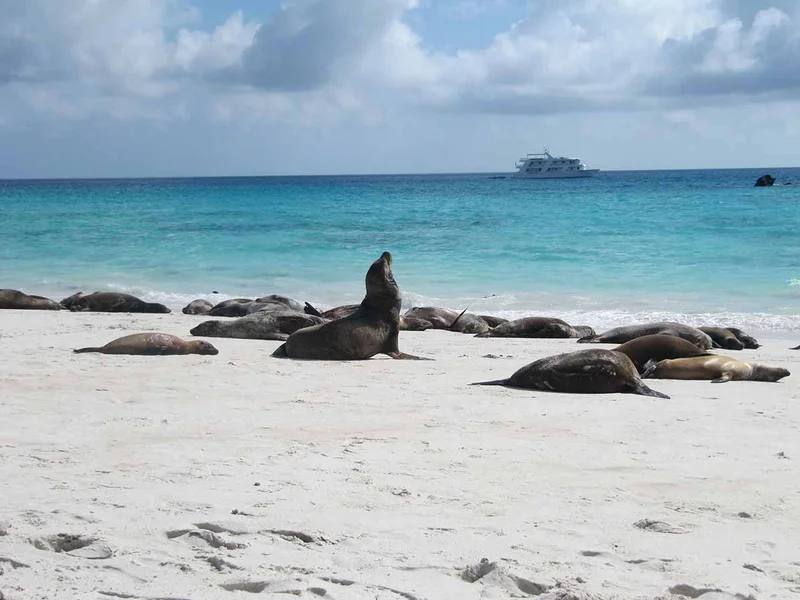
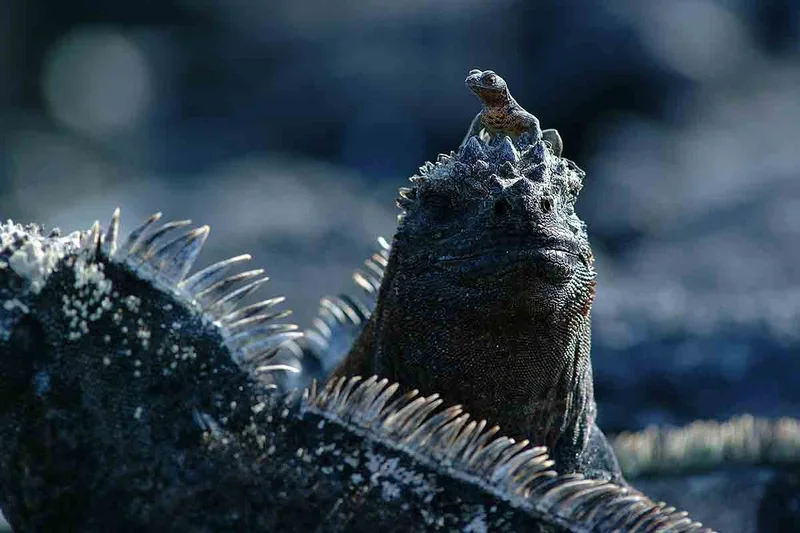
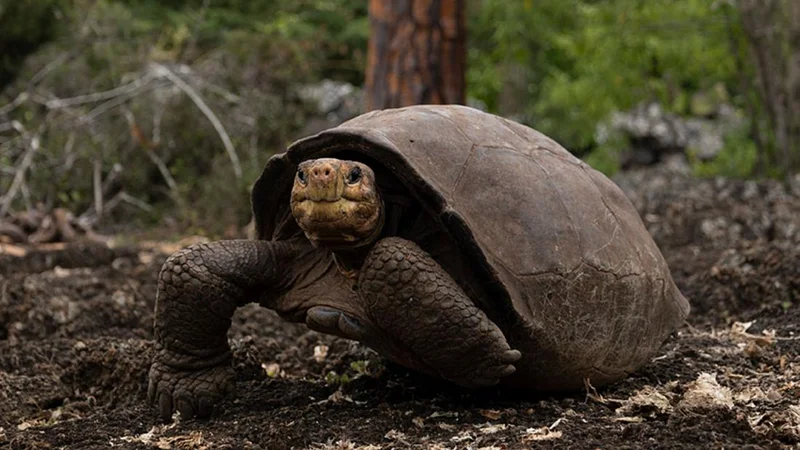
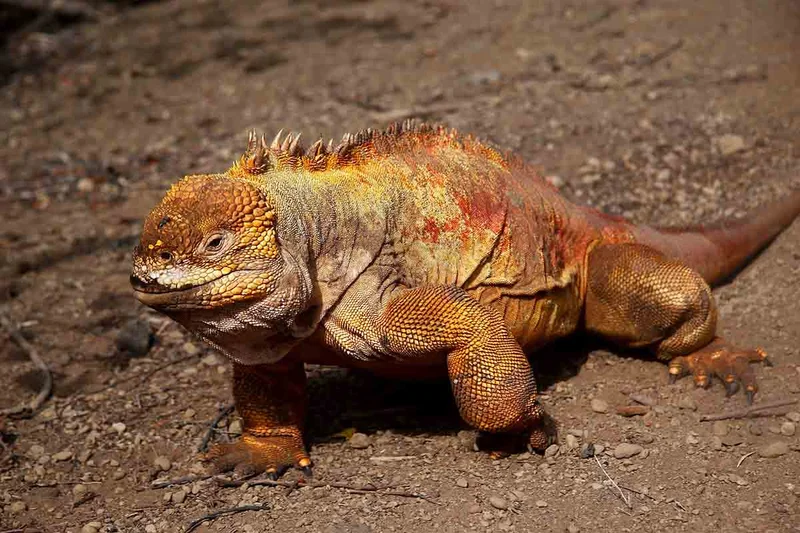
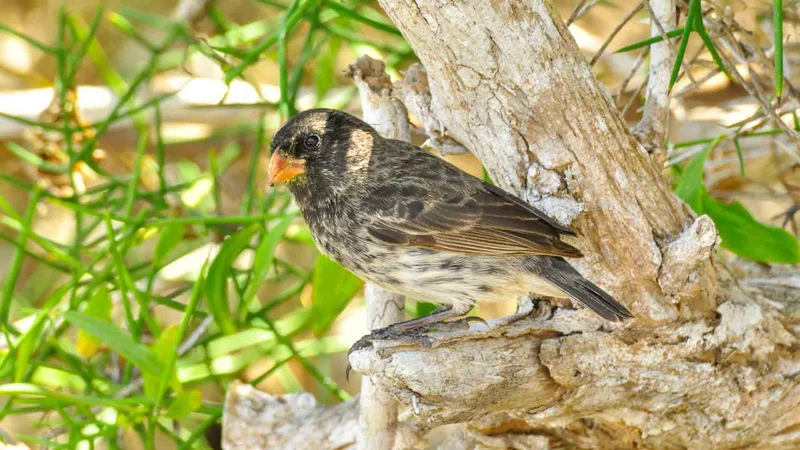
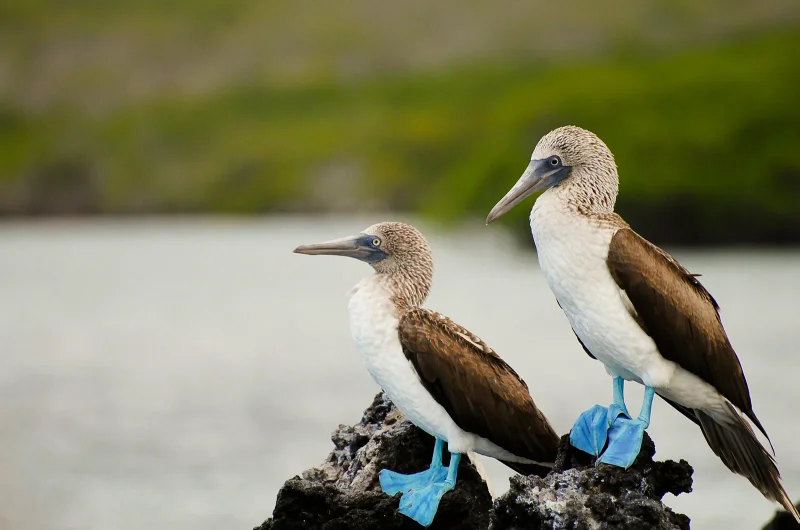
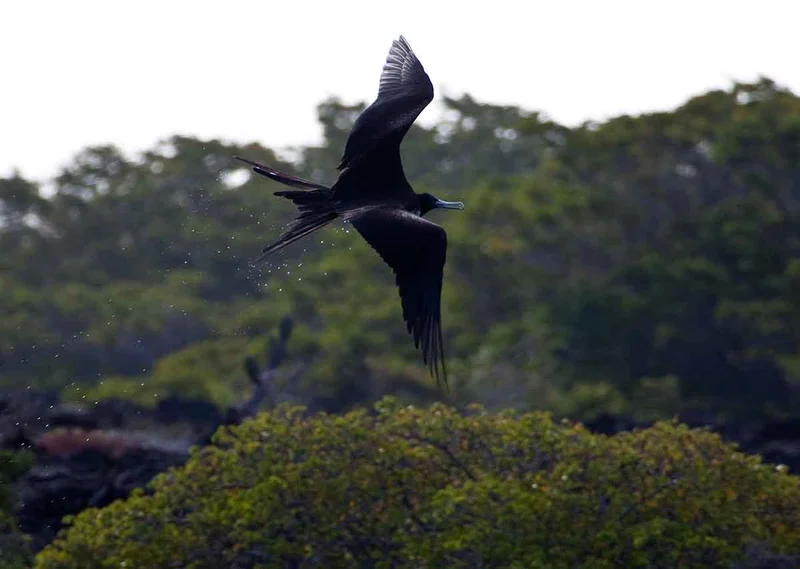
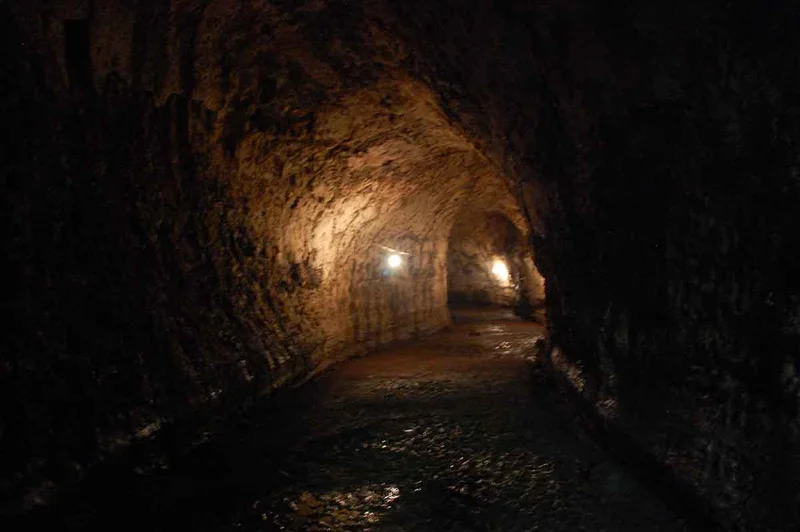
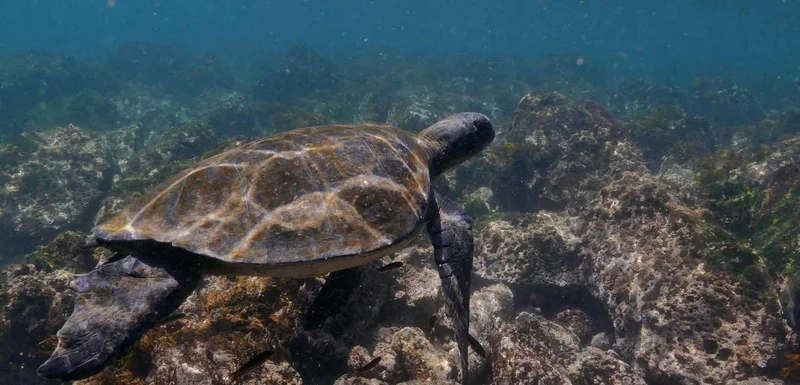
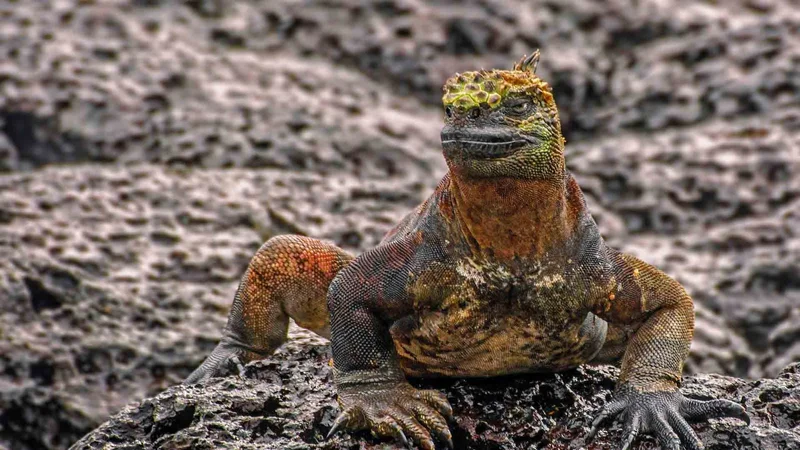
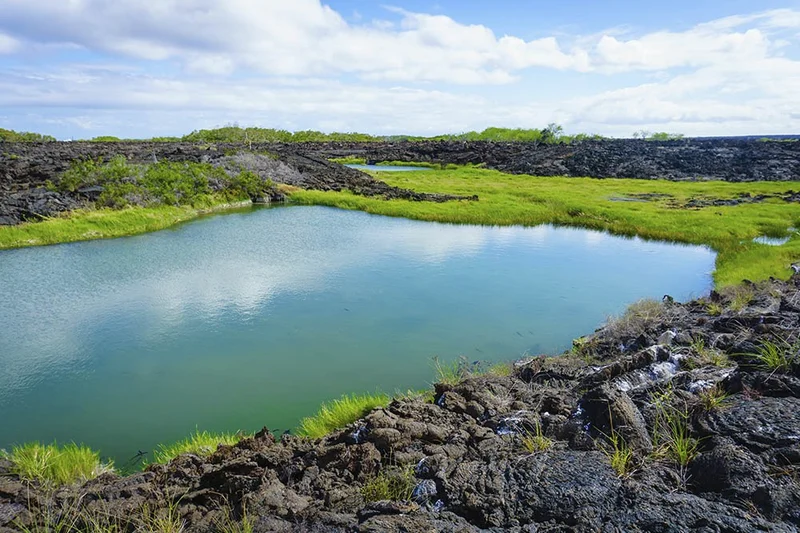
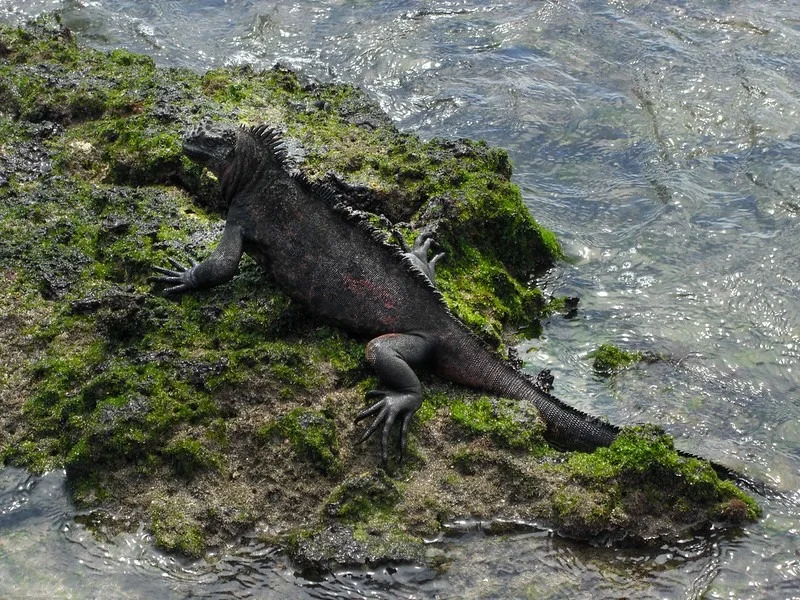
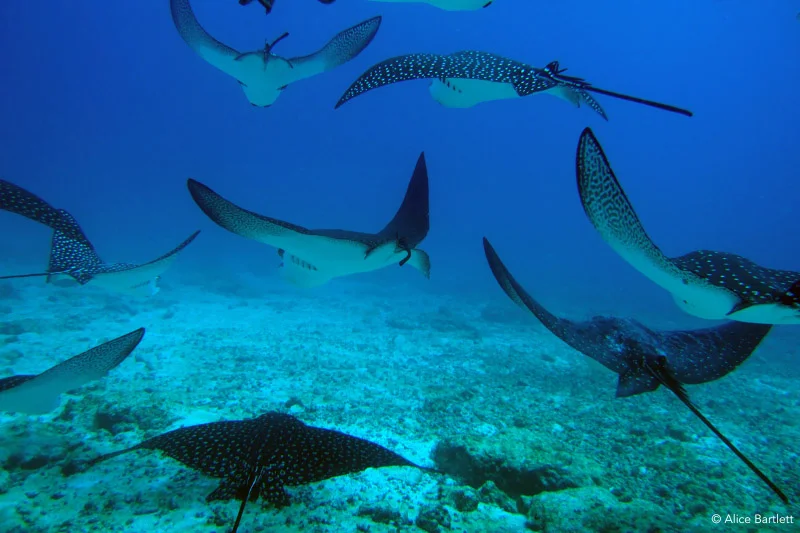
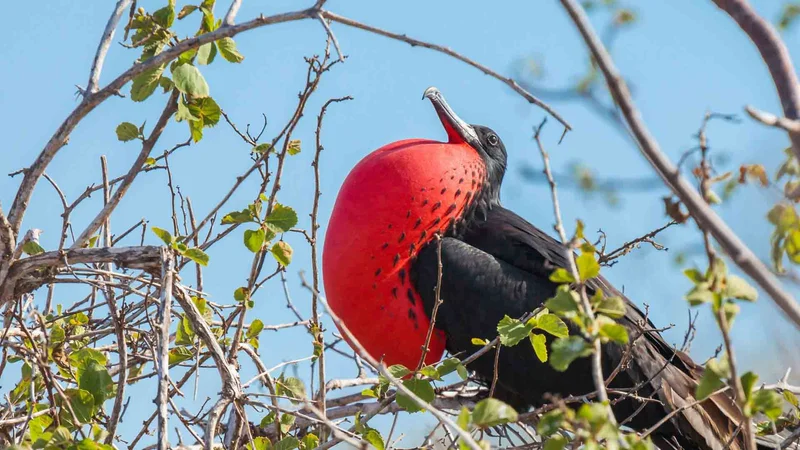
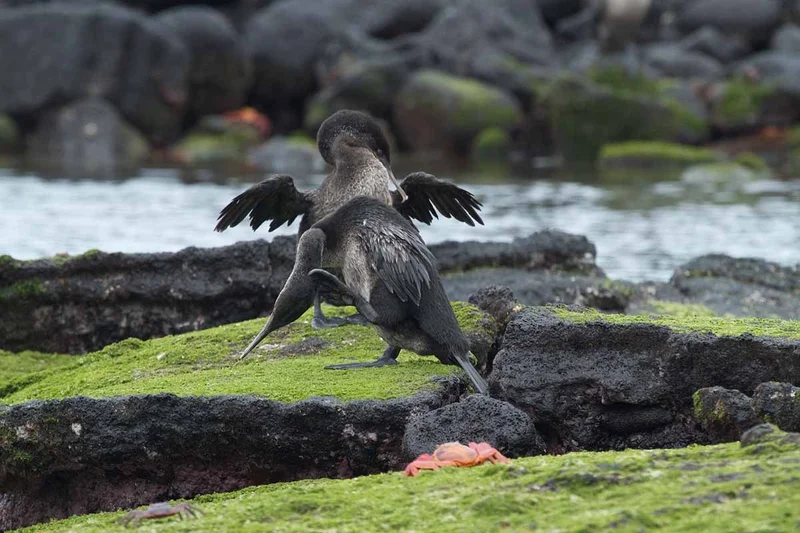
8 Day Galapagos Itinerary Includes
- Scheduled visits and activities with a professional bilingual guide
- All meals on board, snacks, purified water, tea and coffee
- Accommodation in standard cabin / suite (with balcony where applicable) with private bathroom and air conditioning
- Snorkeling equipment (mask, lenses, fins), sea-kayaks, wet-suits (some boats)
- Assistance at the Airport and 24/7 during the trip
8 Day Galapagos Itinerary Does not Include
- Air tickets to / from Galapagos from / to Quito, Guayaquil or combined route
- Entrance to the Galapagos National Park US $ 200 p.p. (cash in the Islands)
- Galapagos Control Card US $ 20 p.p. (at the airport before check-in)
- Soft and alcoholic drinks on board; personal expenses, extras and tips guide and crew (cash);
- Travel insurance with medical, cancellation and other unforeseen coverage
- Other services in Continental Ecuador and not specified in the program
Itinerary Map
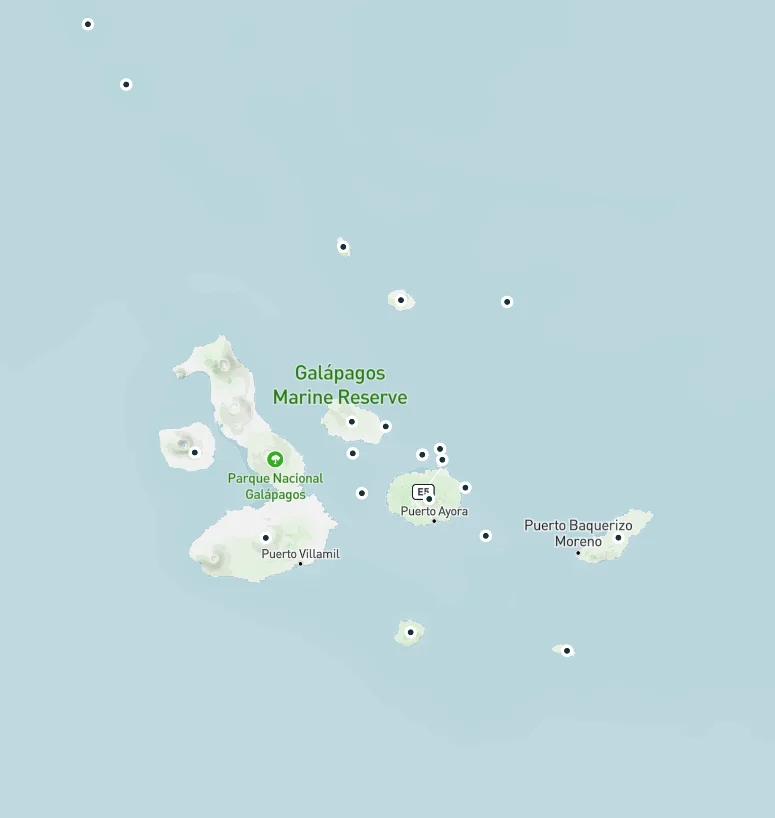
Dates & Promotions
| Dates | Price | Availability | |
|---|---|---|---|
No data | |||
Reviews
Animals you might see on this itinerary:
More information about the Galapagos Islands you visit in this 8 day itinerary:
Why travel with us?
Similar Itineraries
